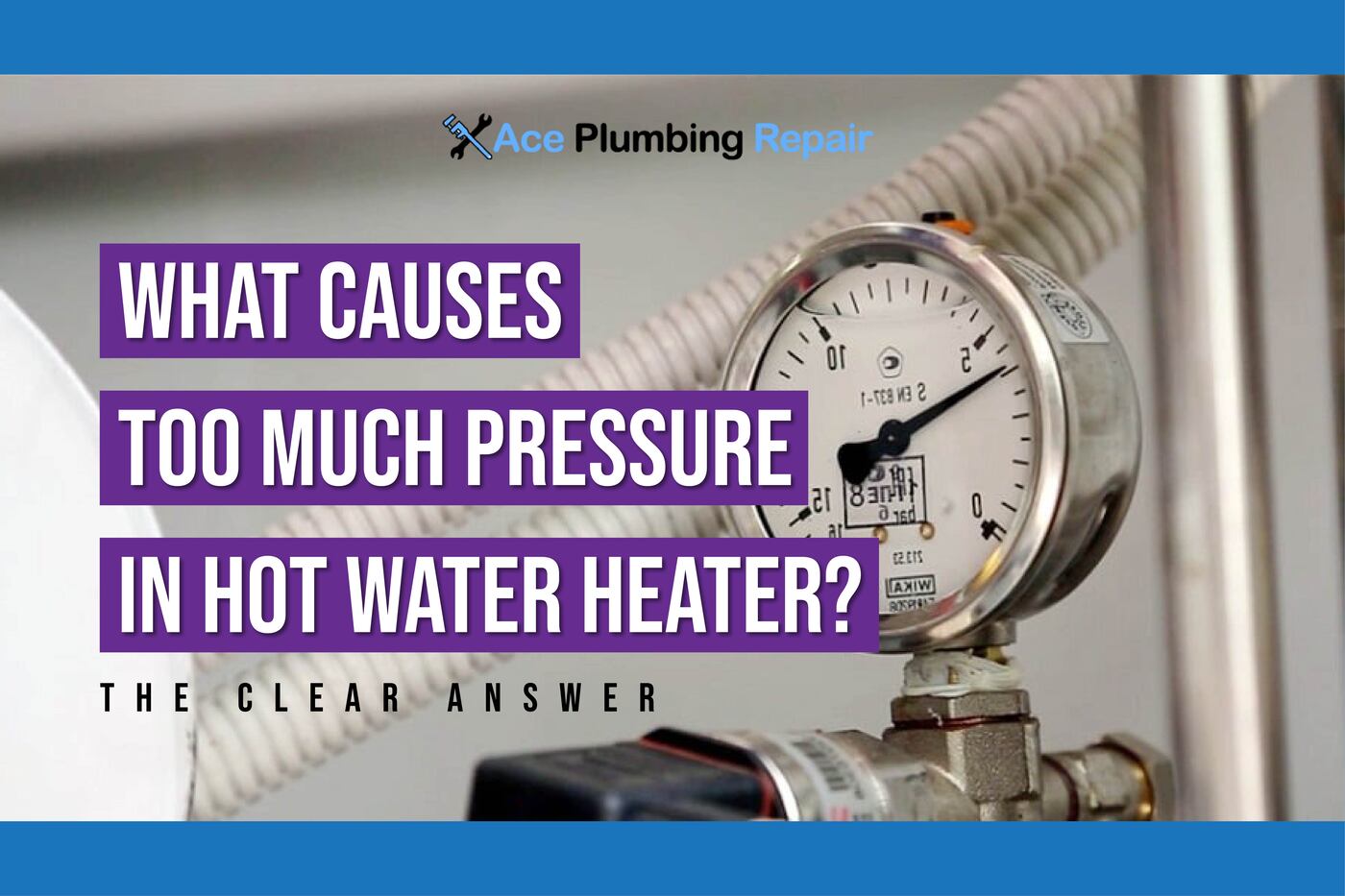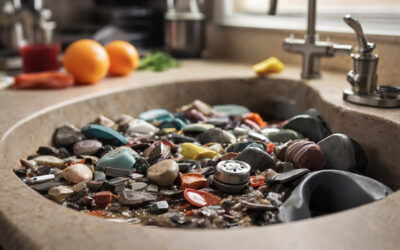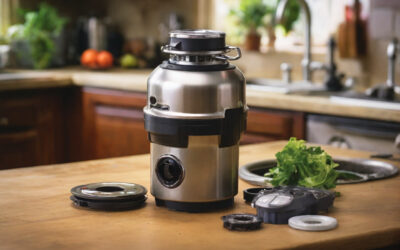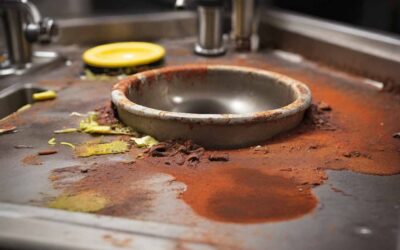Welcome to our comprehensive guide on what-causes-too-much-pressure-in-hot-water-heater. Your water heater is an indispensable part of your daily life, ensuring you have a steady supply of warm water for various household needs. However, when your trusty appliance experiences excessive pressure, it can lead to a host of problems, from leaks to potentially dangerous situations. In this blog, we’ll dive deep into the reasons behind high pressure in hot water heaters and explore practical solutions to prevent them. Understanding the causes and taking preventive measures can save you from costly repairs and safeguard your home and family.
How does a hot water heater work?
A water heater, an essential appliance in most homes, plays a crucial role in ensuring you have a steady supply of warm water for various household needs. Whether you’re taking a relaxing shower, doing the dishes, or washing your hands, your water heater is there to provide that comforting warmth. But how does it accomplish this task? Let’s break down the workings of this essential plumbing device.
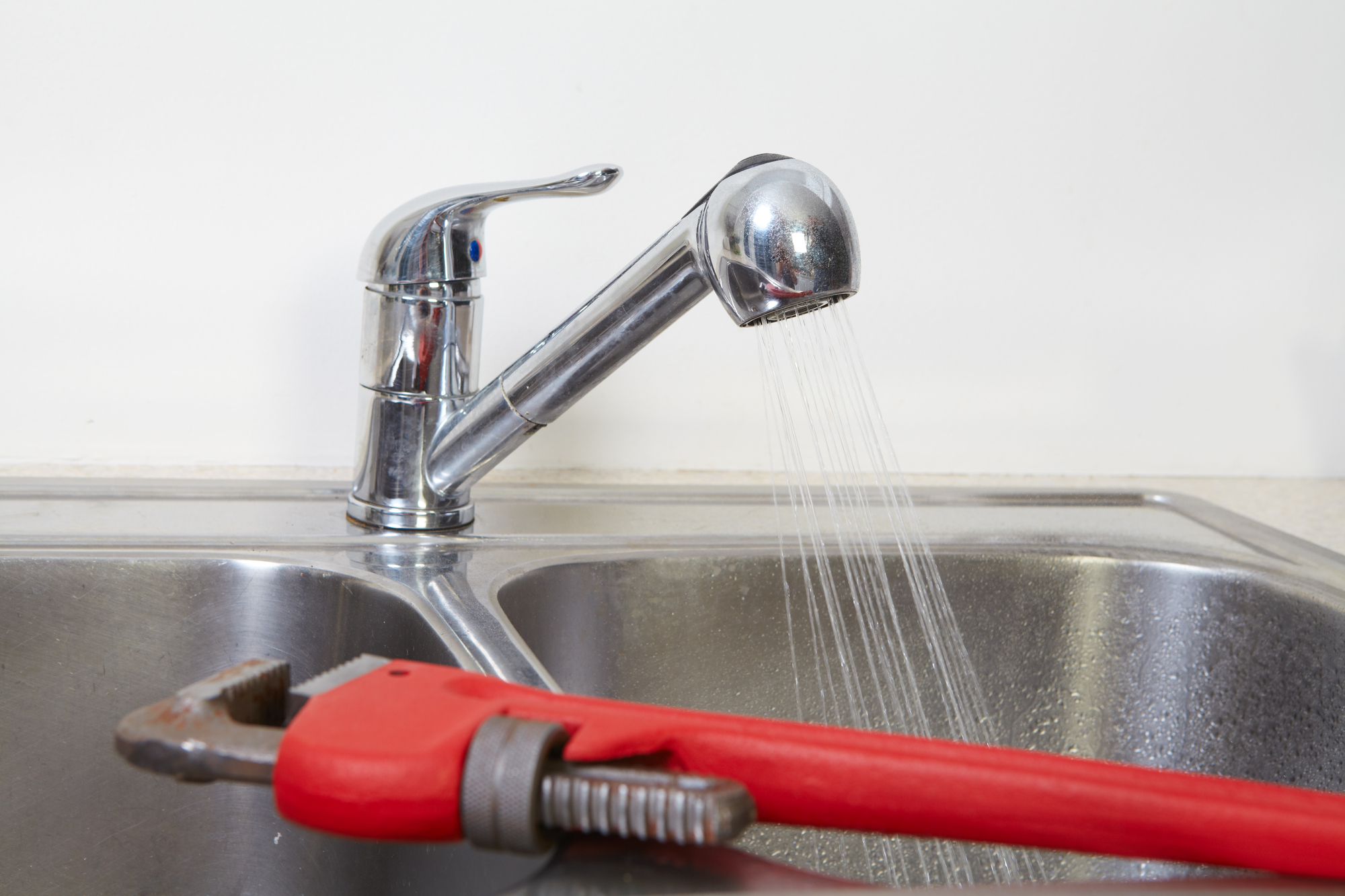
The basics:
At its core, a water heater is a storage tank that holds and heats water to a preset temperature. The process begins when cold water enters the tank through a pipe connected to your home’s water supply. Inside the tank, a heating element, powered by electricity, gas, or both, heats the cold water until it reaches the desired temperature, typically set by you on the thermostat.
Temperature regulation:
For safety and comfort, a timer checks the temperature of the water and heats it up when it drops below a certain level. It turns off when the temperature is reached.
Convection:
As the water inside the tank heats up, it undergoes a natural process known as convection. Warmer water tends to rise to the top of the tank, while cooler water sinks to the bottom. This movement creates a consistent temperature throughout the tank, ensuring that you have access to hot water whenever you turn on a faucet or shower.

Continuous supply:
When you open a hot water faucet, the hot water exits the tank, and the cold water supply valve opens to replace it with fresh cold water. The heating element then kicks in again to reheat the water, maintaining a constant supply of hot water for as long as needed.
Your water heater essentially puts in endless hours in the background to provide you hot water whenever you need it, which is convenient and comfortable. Gaining a comprehensive understanding of its internal mechanisms will enable you to develop a deeper appreciation for this essential device and effectively address any potential problems that may occur in the future.
What causes too much pressure in hot water heater?
Excessive pressure in a water heater might be worrisome since it has the potential to create safety risks and harm the appliance. Several factors might contribute to the occurrence of high pressure in your water heater:
Temperature setting:
If the temperature setting on your water heater is too high, it can cause the water to boil, leading to an increase in pressure inside the tank. Most residential water heaters have a recommended temperature setting between 120°F and 140°F (49°C to 60°C) to prevent this issue.
Thermal expansion:
When water heats up, it expands. In a closed system, such as a water heater, this expansion can lead to an increase in pressure. To address this, many water heaters are equipped with expansion tanks or valves to release excess pressure.
Faulty pressure relief valve:
Every water heater should have a pressure relief valve installed to prevent excessive pressure buildup. If this valve is malfunctioning or if it’s blocked by debris, it may not operate properly, allowing pressure to build up inside the tank.
Sediment buildup:
Over time, minerals and sediment can accumulate at the bottom of the water heater tank. This can insulate the heating element, causing it to overheat and generate excess pressure. Regular maintenance, such as flushing the tank, can help prevent this issue.
Closed water system:
If your home’s plumbing system is a closed loop (water doesn’t have an escape route, like a well-designed expansion tank), it can contribute to increased pressure. Adding an expansion tank to the system can help alleviate this.
Faulty temperature and pressure relief valve (T&P Valve):
The T&P valve is designed to release excess pressure if it becomes too high. If this valve is faulty or hasn’t been replaced as recommended, it can lead to pressure issues.
High inlet water pressure:
If the municipal water supply to your home has excessively high pressure, it can put extra strain on your water heater and potentially lead to pressure-related problems. A pressure-reducing valve may be needed to regulate the incoming water pressure.
To prevent damage or safety issues, promptly address excessive pressure in your hot water heater by adjusting temperature settings, replacing defective valves, cleaning the tank, or adding additional components. Seek expert guidance if uncertain.
What to do if you suspect high pressure?
If you suspect that your home’s plumbing system is experiencing high water pressure, it’s essential to take prompt action to avoid potential issues and ensure the safety and longevity of your plumbing fixtures and appliances.
Check water pressure:
Begin by confirming your suspicions. You can use a water pressure gauge to measure the pressure at a hose bib or faucet. Standard household water pressure typically falls within the range of 40 to 60 psi (pounds per square inch). If your reading exceeds this range, you likely have high water pressure.
Install a pressure regulator:
If high water pressure is confirmed, consider installing a pressure regulator (pressure-reducing valve) in your main water line. This device will help reduce the incoming water pressure to a safe level for your plumbing system.
Regular maintenance:
Schedule regular maintenance for your plumbing system to check for leaks, worn-out seals, and damaged pipes. High water pressure can exacerbate wear and tear on your plumbing, so addressing any issues promptly is crucial.
Monitor appliances:
Keep an eye on your appliances, especially water heaters, as high pressure can lead to damage or failures. Ensure that the pressure relief valve is functioning correctly on your water heater and have it inspected if needed.
Consult a professional:
If you’re unsure about your plumbing system or don’t have the necessary skills to install a pressure regulator, it’s advisable to consult a licensed plumber. They can assess your system, recommend appropriate solutions, and ensure the proper installation of any necessary equipment.
Addressing high water pressure promptly can prevent costly damage to your plumbing, appliances, and fixtures, ultimately saving you money and ensuring the continued functionality of your water system.
Proper maintenance to prevent high pressure
Maintaining your hot water heater is crucial to prevent the issues associated with high pressure. Regular maintenance ensures that your appliance operates efficiently, extends its lifespan, and keeps your home safe from potential hazards. Here’s what you need to do to prevent high pressure in your hot water heater:
-
Check for leaks:
Inspect all the pipes and connections around your hot water heater every few months. Look for any signs of leaks or cracks. Address any issues promptly, as leaks can lead to pressure problems and water damage.
-
Flush sediment:
Annually, flush out sediment buildup from the tank. Over time, minerals and debris can accumulate in the bottom of the tank, reducing its efficiency and potentially causing pressure-related issues. Follow these steps to flush your hot water heater:
- Turn off the power or gas supply to the heater.
- Shut off the cold water supply valve that feeds into the heater.
- Connect a hose to the drain valve at the bottom of the tank and place the other end in a drain or bucket.
- Open the drain valve and allow the water to flow out. You may need to open a hot water faucet in your home to facilitate drainage.
- Once the tank is empty, close the drain valve, remove the hose, and turn on the cold water supply valve.
- Let the tank fill up completely before turning the power or gas supply back on.
-
Choose the right expansion tank:
Ensure that you’re using the appropriate size expansion tank with your hot water heater. An expansion tank helps absorb excess pressure that can build up within the system as water heats and expands. Choosing the correct size ensures your system operates safely without excessive pressure.
Performing routine maintenance on your hot water heater helps avoid the build-up of excessive pressure, protects your property from potential damage, and guarantees optimal efficiency. Seek the guidance of a licensed plumber or technician for expert help, with a focus on ensuring safety and tranquility.
conclusion
In conclusion, understanding what causes too much pressure in hot water heater. By addressing issues such as temperature fluctuations, faulty pressure relief valves, or sediment buildup, homeowners can mitigate the risks associated with high-pressure situations. Regular maintenance and vigilant monitoring of the system can prevent catastrophic failures and ensure the longevity of the water heater. Overall, a proactive approach to identifying and addressing what causes too much pressure in a hot water heater is essential for the well-being of your home and the safety of your loved ones.

